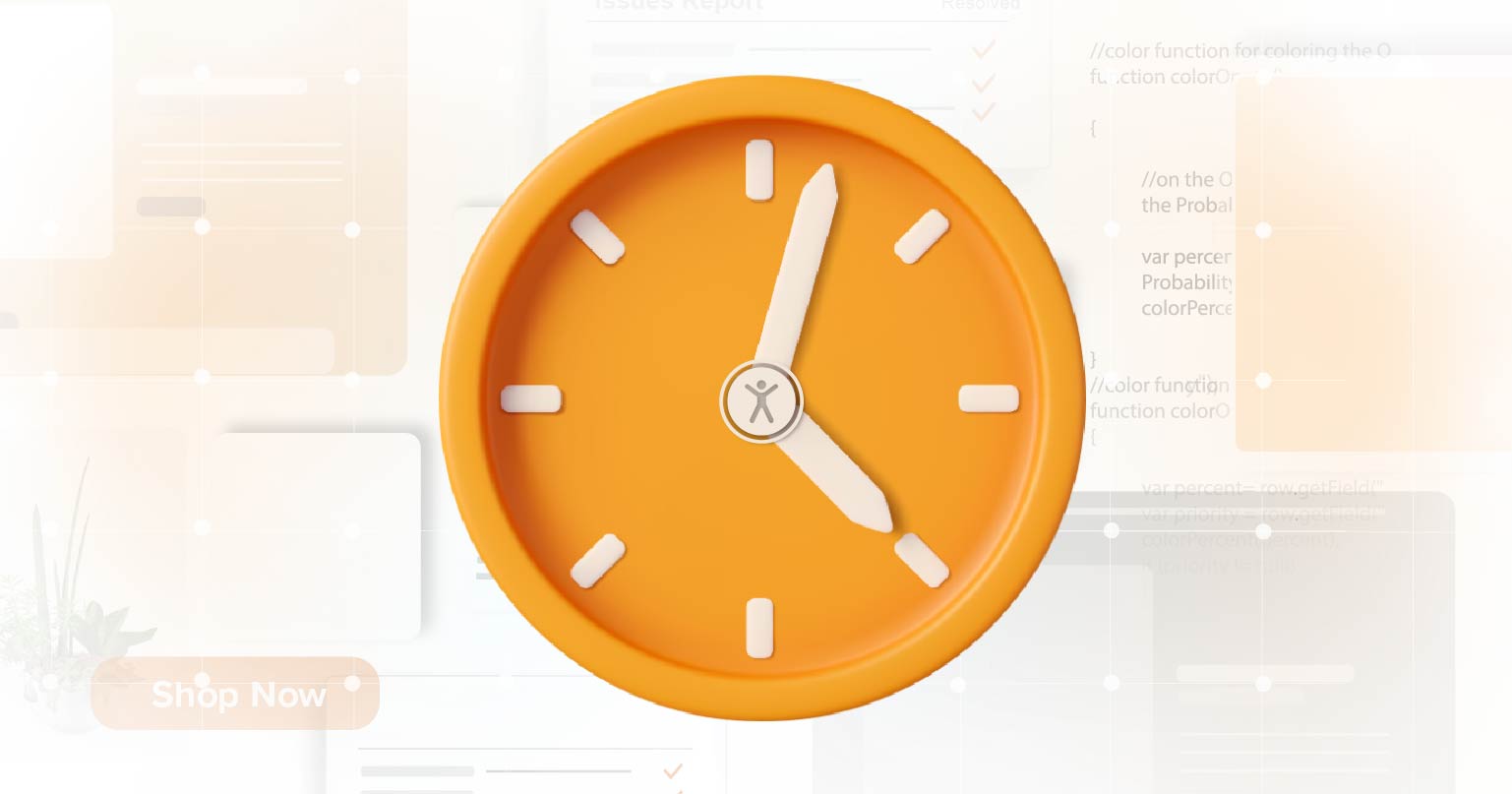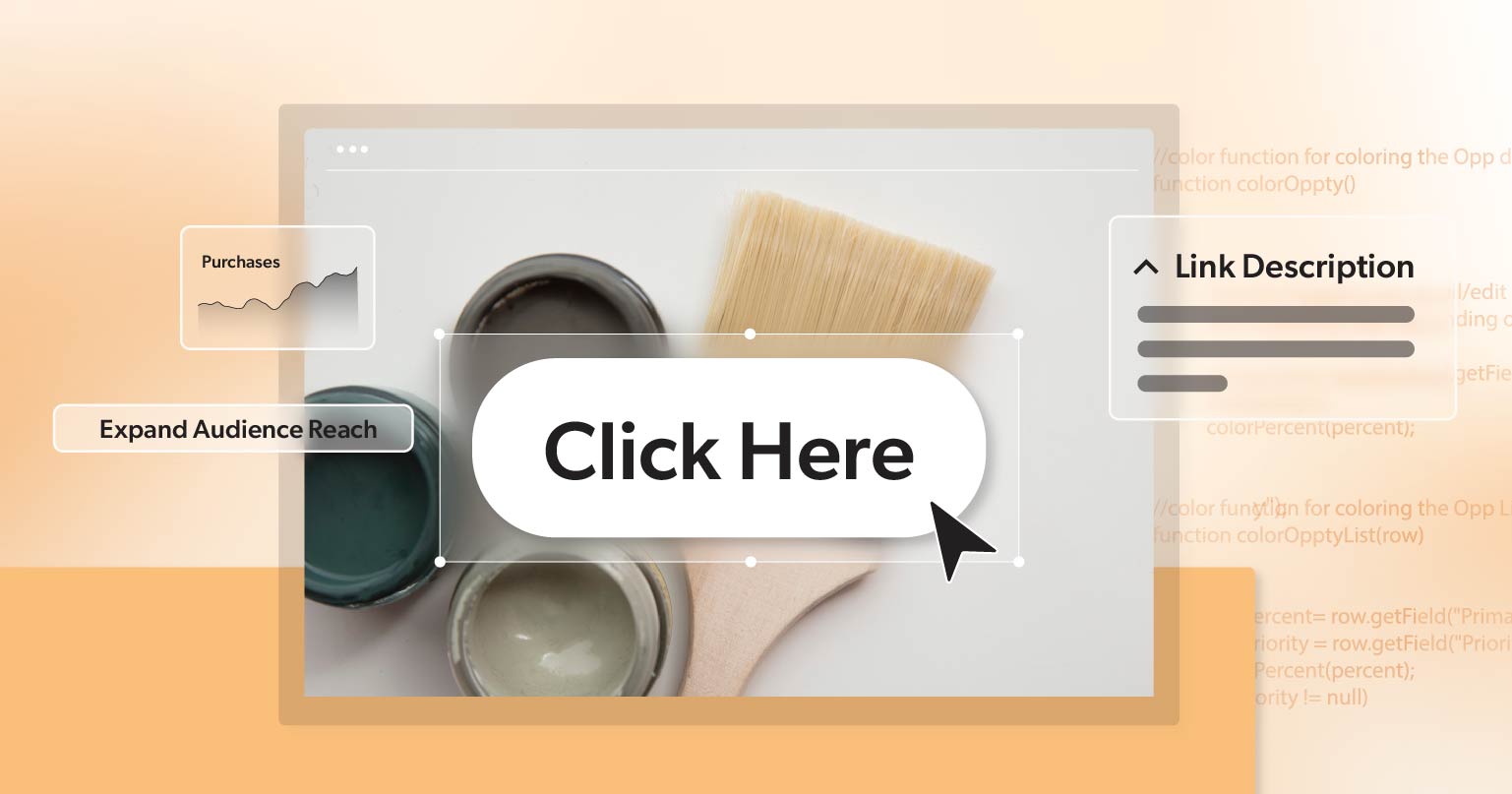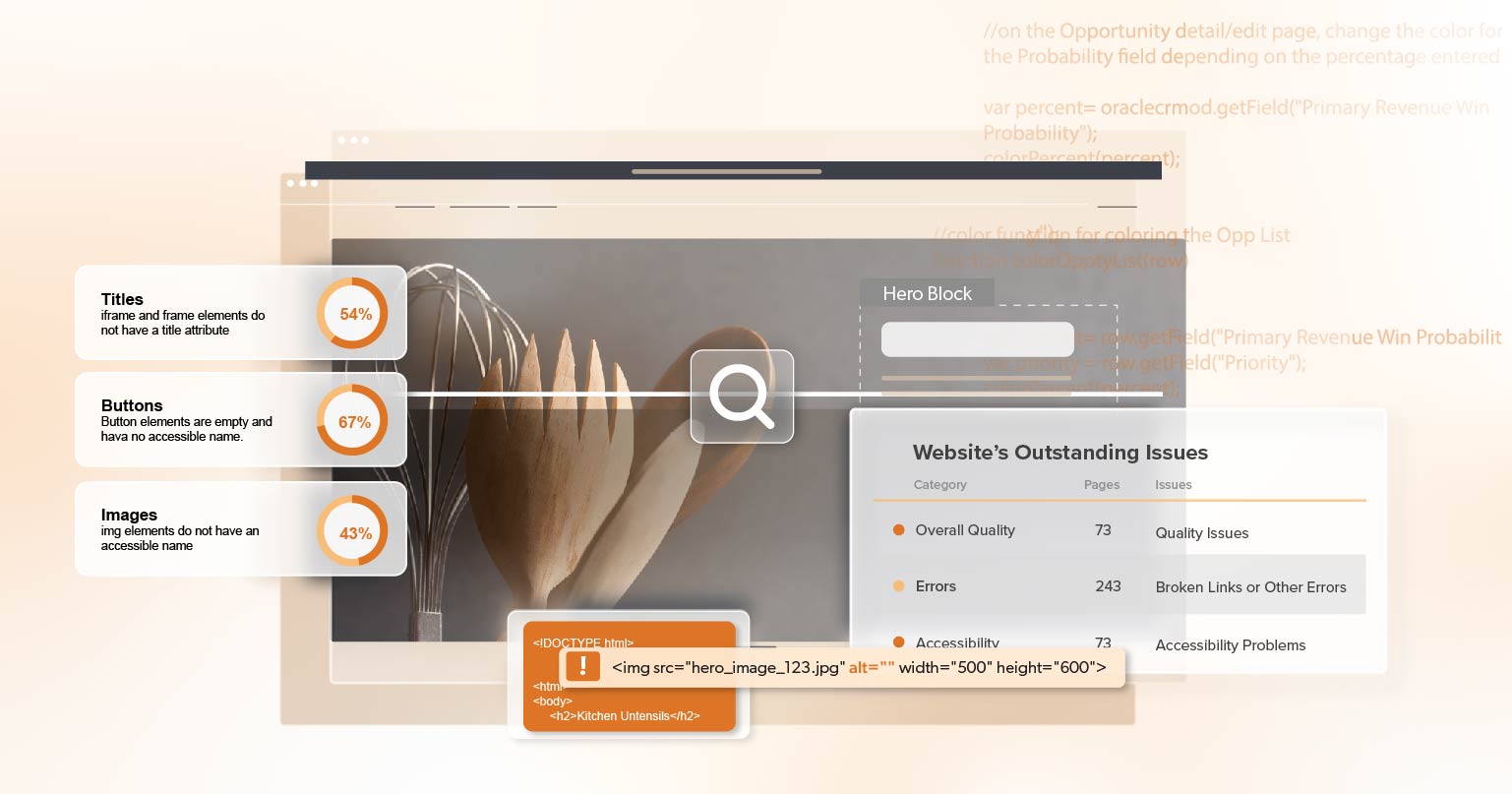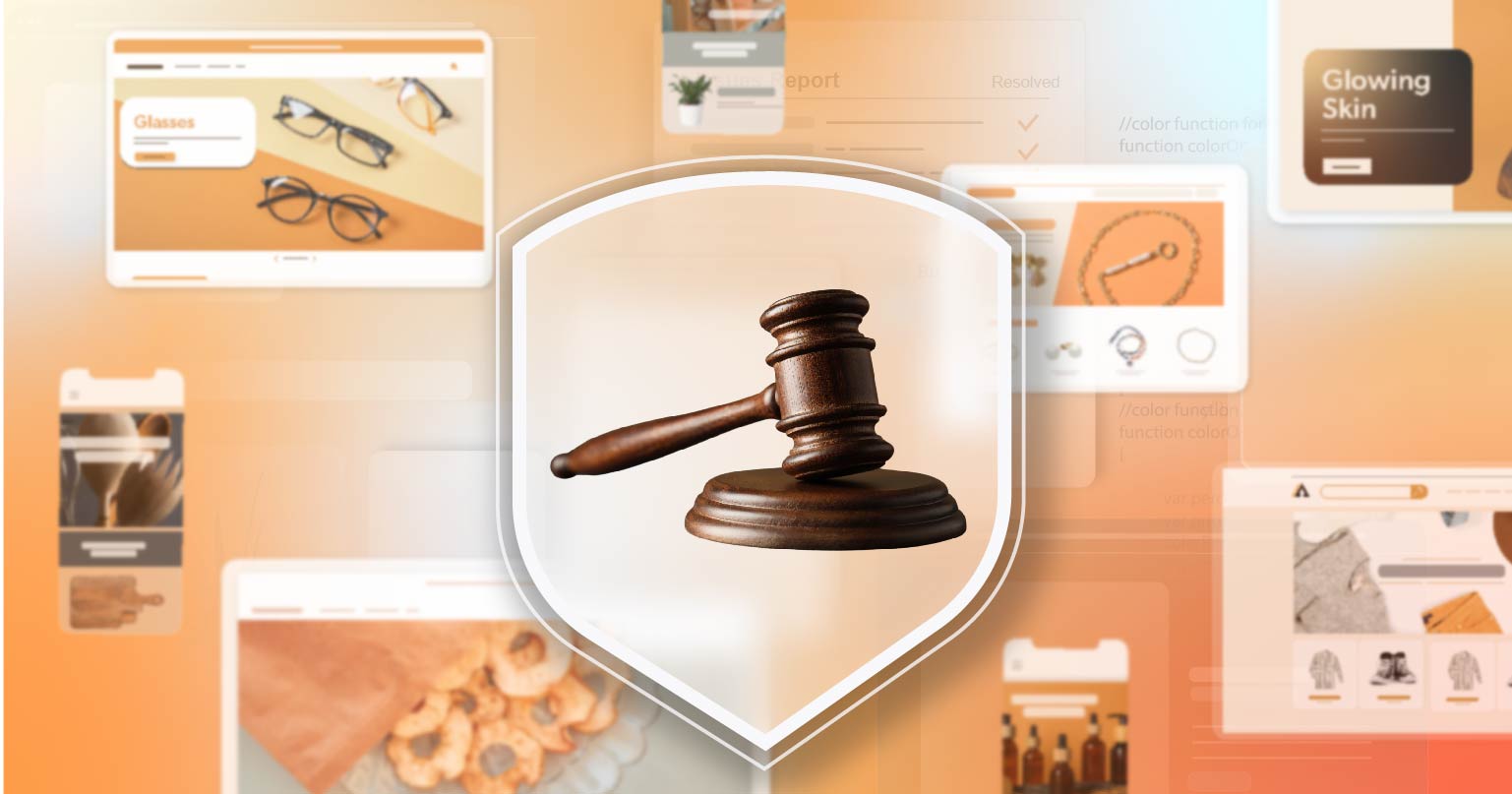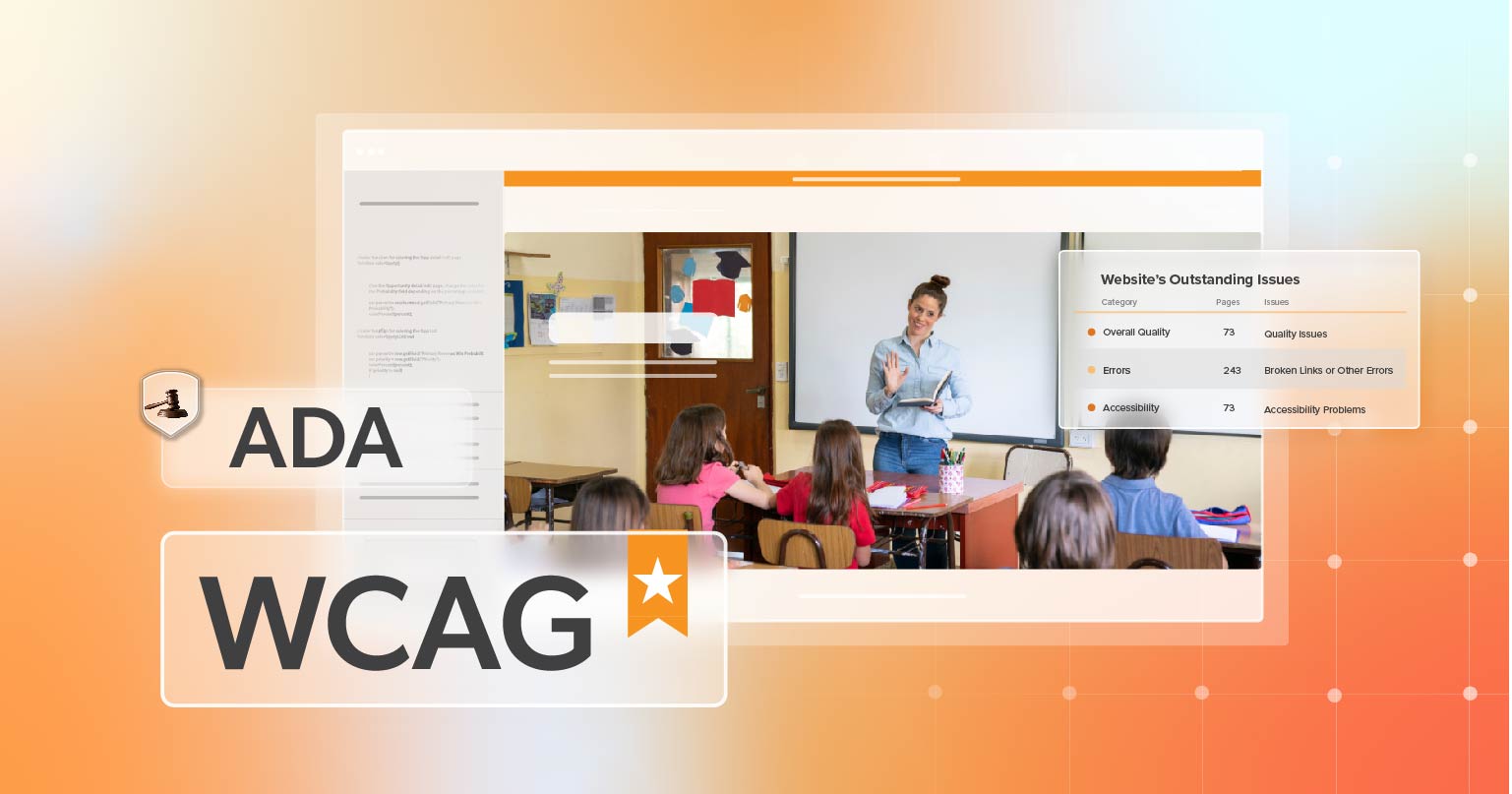In today’s digital age, having an online presence is crucial for businesses of all sizes. But with the global reach of the internet comes a maze of regulations and standards, especially when it comes to web accessibility. If you’re a website owner or content creator in the United States, you might wonder how international accessibility laws affect your business. This article will walk you through the basics of these laws, help you understand which ones apply to your online business, and explain why staying compliant is not just about following the rules but also about expanding your audience and boosting your brand’s reputation.
What Are the Different International Accessibility Laws?
When it comes to accessibility laws, different countries have their own rules and guidelines to ensure that websites are accessible to everyone, including people with disabilities. Let’s take a look at some of the key international laws and what they cover:
The European Accessibility Act (EAA)
The EAA is a significant law in the European Union that came into effect in 2019. It aims to make products and services more accessible to people with disabilities. For online businesses, this means ensuring that websites, apps, and e-commerce platforms are usable by everyone. The EAA covers a broad range of industries, from banking services to e-books and online shopping. If your business operates or sells products in the EU, compliance with the EAA is a must.
The Accessibility for Ontarians with Disabilities Act (AODA)
In Canada, the AODA sets out guidelines to make Ontario more accessible by 2025. It applies to both public and private sectors, requiring businesses to ensure their websites are accessible to people with disabilities. This includes providing text alternatives for images, ensuring that website navigation is straightforward, and making online forms accessible. If your online business targets customers in Ontario, following AODA guidelines is essential.
The UK Equality Act 2010
The UK Equality Act is a comprehensive piece of legislation that protects people from discrimination in the workplace and wider society. For online businesses, this means ensuring that websites are accessible to everyone, regardless of their abilities. The law covers all aspects of web accessibility, including content readability, keyboard navigation, and screen reader compatibility. If your business has customers in the UK, the Equality Act’s requirements apply to you.
The Web Content Accessibility Guidelines (WCAG)
While not a law, WCAG is a set of guidelines developed by the World Wide Web Consortium (W3C) that is widely used as the global standard for web accessibility. Many international laws, including those mentioned above, reference WCAG as the benchmark for accessibility. WCAG provides a clear roadmap for making web content more accessible, covering everything from text alternatives to visual content, to ensuring that your website works well with assistive technologies.
What International Laws Apply to Your Online Business?
Understanding which international accessibility laws apply to your online business can feel overwhelming, especially if you’re targeting customers from different parts of the world. Here’s a simple way to figure it out:
- Identify Your Audience: Start by identifying where your customers are located. If you have a global audience, it’s important to consider the accessibility laws in each region. For example, if you sell products in the EU, the EAA will apply to your business.
- Assess Your Operations: If your business operates in multiple countries, you’ll need to comply with the accessibility laws in each of those regions. This might include following the EAA for the EU, AODA for Ontario, and the UK Equality Act for the UK. If your business is based solely in the United States but reaches customers globally, you should still be mindful of these laws to avoid potential legal issues.
- Check the Legal Requirements: Different countries have different thresholds for when their laws apply to foreign businesses. For instance, if your business has a significant presence in the EU, you are required to comply with the EAA. Similarly, if you provide goods or services in Ontario, Canada, the AODA will apply.
Do These Laws Apply to Your Online Business?
The big question for many website owners and content creators is whether these international laws actually apply to their online business. The answer depends on a few factors:
- Business Location: If your business is based in a country with specific accessibility laws (like the EU or Canada), you’re automatically required to comply with those laws.
- Global Reach: Even if your business is based in the United States, you might still be subject to international accessibility laws if you sell products or services to customers in other countries. For example, if you ship products to the UK or have a website that targets European customers, you need to comply with the relevant accessibility laws.
- Legal Consequences: Non-compliance with international accessibility laws can lead to fines, legal action, and damage to your brand’s reputation. Even if you’re not legally required to follow these laws, doing so voluntarily can help you avoid these risks and demonstrate that you value inclusivity.
The Importance of Web Compliance and Accessibility
Web compliance and web accessibility aren’t just about avoiding legal trouble—they’re also about doing the right thing and expanding your reach. By making your website accessible, you’re ensuring that everyone, including people with disabilities, can access your content and services. This can lead to increased customer satisfaction, a larger audience, and a stronger brand reputation.
At 216digital, we understand the complexities of navigating international accessibility laws. Our web remediation services are designed to help your business stay compliant and accessible, no matter where your customers are located. From initial audits to ongoing support, we offer a comprehensive approach to web compliance that ensures your website meets the latest standards and guidelines.
Whether you’re just starting to explore international accessibility laws or need help bringing your website up to code, 216digital is here to guide you through the process. Our team of experts stays up-to-date with the latest regulations and guidelines, ensuring that your website is not only compliant but also user-friendly for everyone.
Conclusion
Navigating international accessibility laws might seem daunting, but with the right approach, it can be manageable and even beneficial for your business. By understanding the different laws, knowing which ones apply to your online business, and taking steps to ensure compliance, you can avoid legal pitfalls, expand your audience, and enhance your brand’s reputation.
If you’re ready to take the next step in making your website accessible and compliant with international laws, 216digital is here to help. Our web remediation services are tailored to your business needs, ensuring that you meet the necessary standards while creating an inclusive online experience for all users. Don’t wait—let’s work together to make your website accessible to everyone, everywhere.
Contact us today to schedule a complementary ADA Strategy Briefing so that you can confidently take this next step into digital accessibility.


